The 5 Most Frequently Asked Questions
The most favorite part of my job is talking to customers! I love hearing their enthusiasm for and love of the banjo! There are some common questions, however, that are shared by folks who have or are searching for banjos. I thought sharing those might help others who are on the same journey.
1. I AM LOOKING AT A USED DEERING BANJO. IF I SEND YOU THE SERIAL NUMBER, CAN YOU TELL ME HOW OLD IT IS?
NO SERIAL NUMBERS ON GOODTIME BANJOS
- To clear up a big confusion for many of you let me start by saying that most Goodtime banjos do not have serial numbers. With the exception of the Grand Ole Opry, the NAMM 100th Anniversary model, or today’s Midnight Special, you will not find a serial number anywhere on a Goodtime banjo. Therefore if you attempt to use the online service for warranty entry, just enter a series of numbers, like “9999” in that line so the program will let you proceed.
WHERE DO YOU FIND THE SERIAL NUMBER?
- The serial number is found on a white tag on the inside of the resonator or if you have an openback banjo, it is a smaller white tag on the inside of the rim.
- The number will be 6-12 digits long depending on what year it was made.
- There should also be the NAME of the model on that tag as well as a date of completion along with the serial number.
WHAT DOES THE SERIAL NUMBER TELL YOU?
- The serial number alone will NOT tell you which banjo you have. It will only tell you when it was completed here at the factory.
HOW DO I TRANSLATE THE SERIAL NUMBER?
- The first two digits tell you the month the banjo was built, the last two digits before the dash or space will tell you the year, and the numbers in between are considered the number of that model we have made since we started the formal serial number system in 1987. For example: 0534599-7362 would be a banjo from May of 1999.
WHAT ARE THOSE LAST FOUR DIGITS?
- The last four digits on the long serial number are called the “peghead number.” Each neck is given a specific number during the manufacturing process so that it can be allocated to a specific order. Today we have gone through so many numbers that we have a letter in front of a three digit number. So the number above “7362” is found by us on a serial number list held in-house only. This number is valuable for folks who do not have access to the longer number. We check the list and can give them a date of manufacture within a 6-month timeframe of a given year.
WHEN DID THE SERIAL NUMBER BEGIN?
- This is the best part of the serial number story. When Janet and Greg first started the Deering Banjo Company in 1975, they would put a “hash mark” on the front side of the set up bench to track how many banjos over all had been made. As time when on, the front of the bench filled up. It was then that Janet Deering decided it was a good time to set up a real system of tracking the banjos because it looked like folks really liked banjos by Deering! And the rest is history!
2. WHAT KIND OF BANJO DO I HAVE?
This is perhaps the hardest question to answer. With the advent of new tooling in 2010, we now have most of the upper line banjos labelled with an engraved inlay at the 19th, 20th, 21st, or 22nd fret with their name on them. This is a wonderful advantage to the customer so he can find out more on our Deering website about the details of his banjo.
The Goodtime Series banjos say “Goodtime” on the peghead which makes it easy for you to tell if it is a Deering Goodtime banjo and not another brand. When you see Goodtime Special on the peghead, that lets you know that the banjo has a tone ring in the pot assembly; that is what distinguishes it from the non-tone ring models.
The best bet is to send pictures to info@deeringbanjos.com. I will be happy to review them and help you find out what banjo you have. Please send a front view of the peghead, a front view of the fingerboard, a front view of the flange and side view of the pot assembly. These critical areas will give me the best idea of what you have in hand.
3. WHAT KIND OF STRINGS CAME ON MY DEERING/GOODTIME BANJO?
The most common gauge of strings used on any Deering/Goodtime/Vega banjo is our private label factory light gauge strings made for us by Dunlop here in California. The gauges are 10,11,13,21w,10. These lighter gauge strings will give the banjo a wonderful sparkle and liveliness and because they are not too heavy, they are easier for most players to manipulate with success.
We do have some signature model Deering banjos that have special gauge string packages. The Tenbrooks Series banjos use 11,12,13, 22w,11. These are the gauges specifically chosen by Jens Kruger for best sound on the Tenbrooks banjos.
The Terry Baucom Signature model gets strings with the following gauges 11,11,13, 20w, 11. Terry is known as the “Duke of Drive” and he has a very powerful playing style which requires a thicker string gauge to get his preferred driving style.
All tenor banjos leave Deering tuned in standard tenor tuning of C, G, D, A with string gauges 10,16,24w,30w. If you want to change to Irish tuning, you will need thicker string gauges and we have a packaged set of 12,16,24w, 36w for use in the Irish tuning G, D, A, E.
Our packaged 6-string banjo string sets are good for both electric and acoustic banjos. They are steel strings and a MUST if you have a Kavanjo pickup for it to work properly. These are 10,13,17,26w,36w,46w.
BUY NEW STRINGS FOR YOUR BANJO HERE >
4. WHAT CROWN HEIGHT HEAD DO I NEED FOR MY DEERING/GOODTIME BANJO?
You would think this was an easy one! But given how long we have been making banjos, there have been changes you should all be aware of. Just so you know, a high crown head is ½” and a medium crown head is 7/16”. Not much of a difference but it is a critical one. It is measured from the top of the mylar edge to the top of the aluminum rim of the banjo head. Once the head has stretched, it is difficult to depend on that measurement for accuracy so it is best to understand what you need according to factory specifications.
With the Goodtime Series banjos, regardless of age, you will always want to use a HIGH CROWN banjo head no matter which head type you choose. This will allow you to install it easily and get it tightened down enough for the proper installation.
On all other Deering banjos made prior to 2006, you will want to use a HIGH CROWN head as well; regardless of style of head. You can use a medium crown but it will take longer to stretch over the rim/tone ring to get to the right level of tightness. The high crown has more space to slip over without “bottoming out” on the hooks; ie. being able to get the head tight enough before you run out of thread to do so on the hook.
On the Deering banjos made on or after 2006, you use a MEDIUM CROWN head. This is because the new 2006 tone ring has a more rounded top edge that does not require the extra depth of crown height. This is the same height for your Vega, 6-string, or any model of upper line Deering banjos made during the time frame.
You can buy a new head for your banjo here >
5. I NEED TO BUY A NEW BRIDGE, WHAT HEIGHT DO I NEED FOR MY GOODTIME/DEERING BANJO?
All Goodtime banjos use a 5/8” Goodtime Smile bridge. It is important for you to know that your heel cut on your banjo is cut specifically for the height of bridge needed on your banjo. Therefore if you buy a taller bridge, you may run into action issues (the strings will be too high and you will not be able to adjust it down) on your banjo. This, therefore, is a very important question for you to ask if you are replacing the bridge.
Deering banjos can take anywhere from a 5/8” to an 11/16” bridge depending on the model you are buying it for. Most Deering and Vega upperline banjos use a 5/8” bridge. They all come with a Deering Smile bridge.
Those that use an 11/16” bridge are the Tenbrooks models (Saratoga Star, Legacy, Jens Kruger), the Terry Baucom Signature model, the Tony Trischka Silver Clipper and Golden Clipper models, the Allison Brown Julia Belle banjo, and the Mark Johnson Clawgrass and Clawgrass No. 2 banjos.

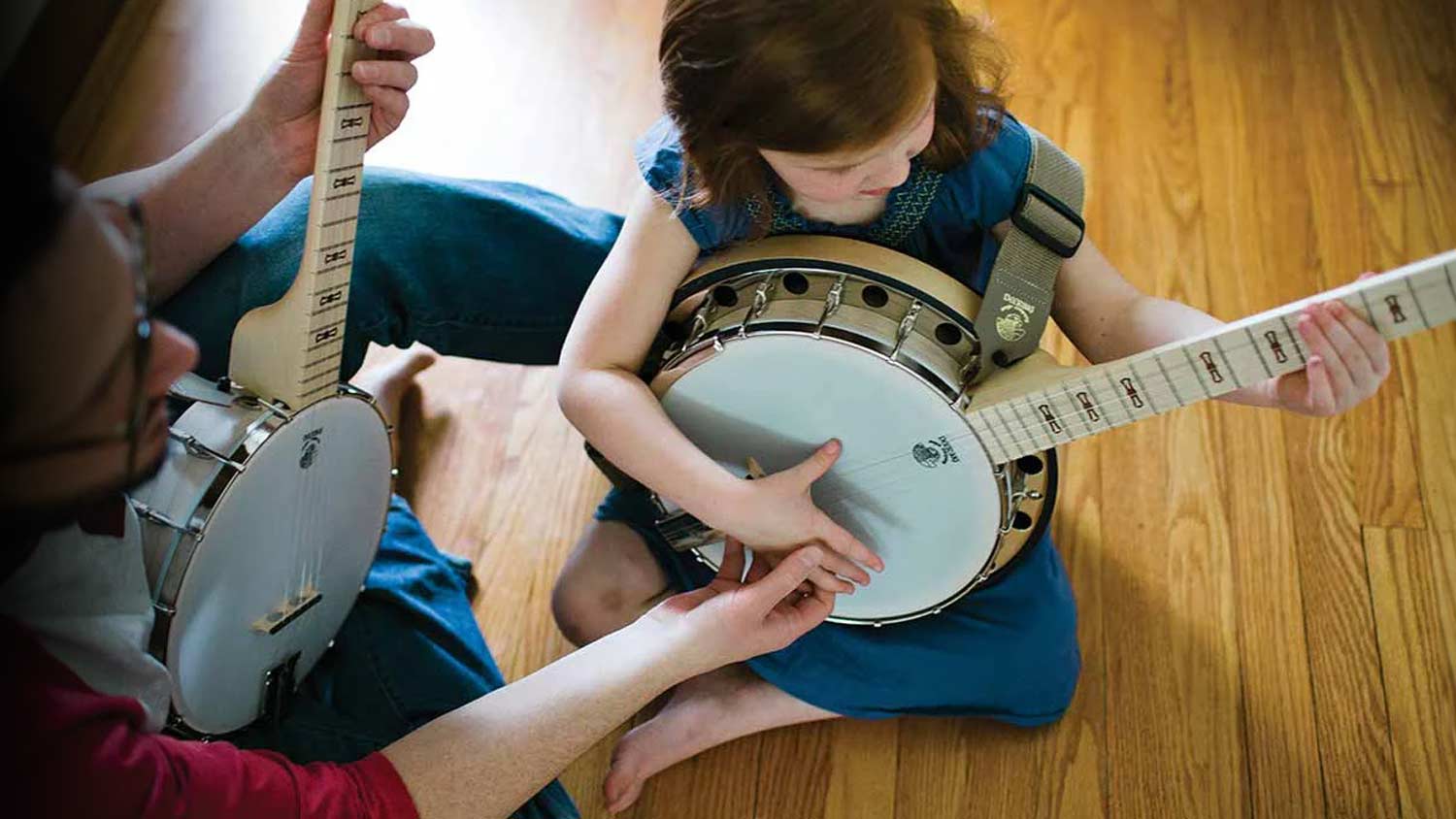



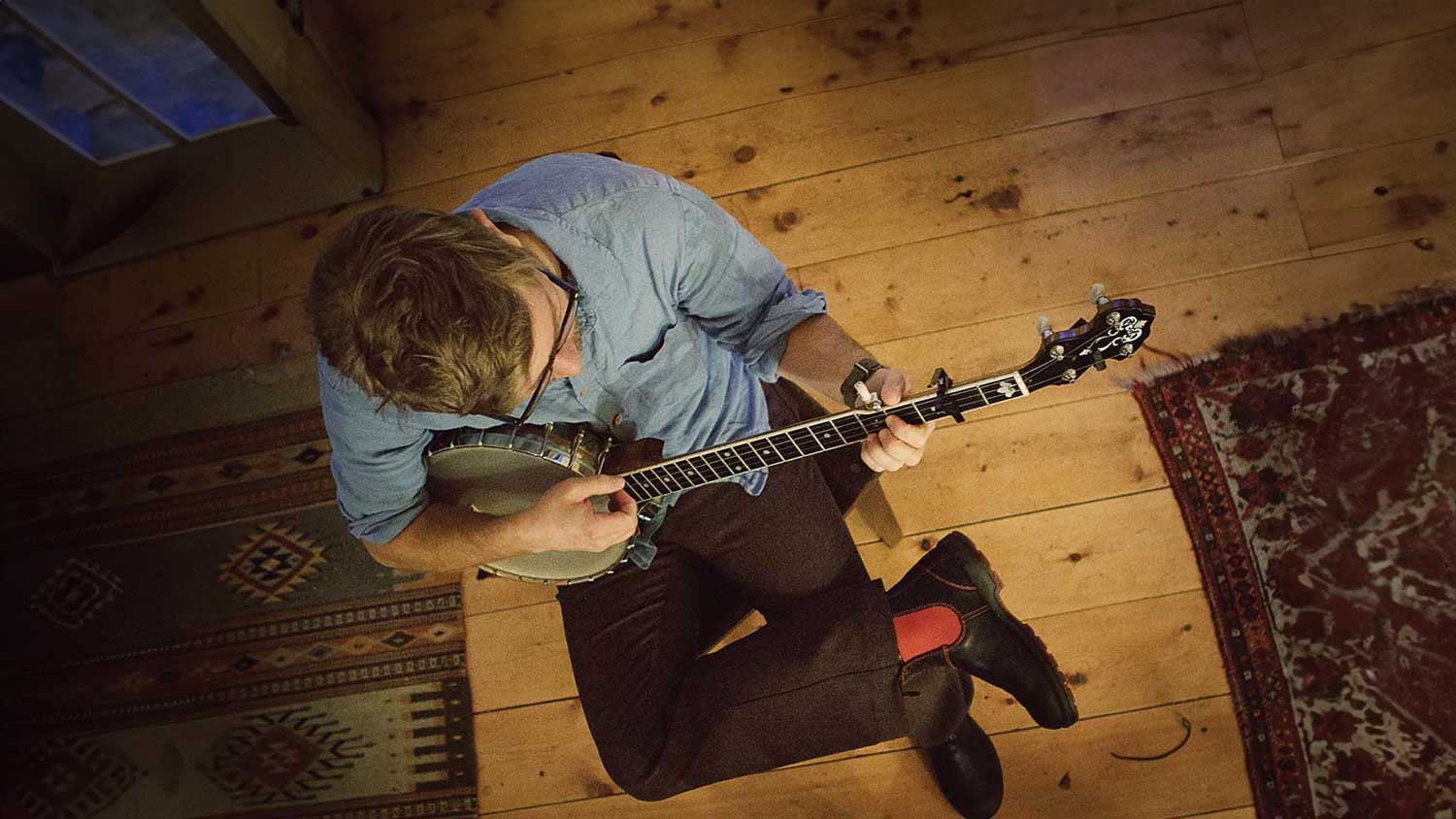
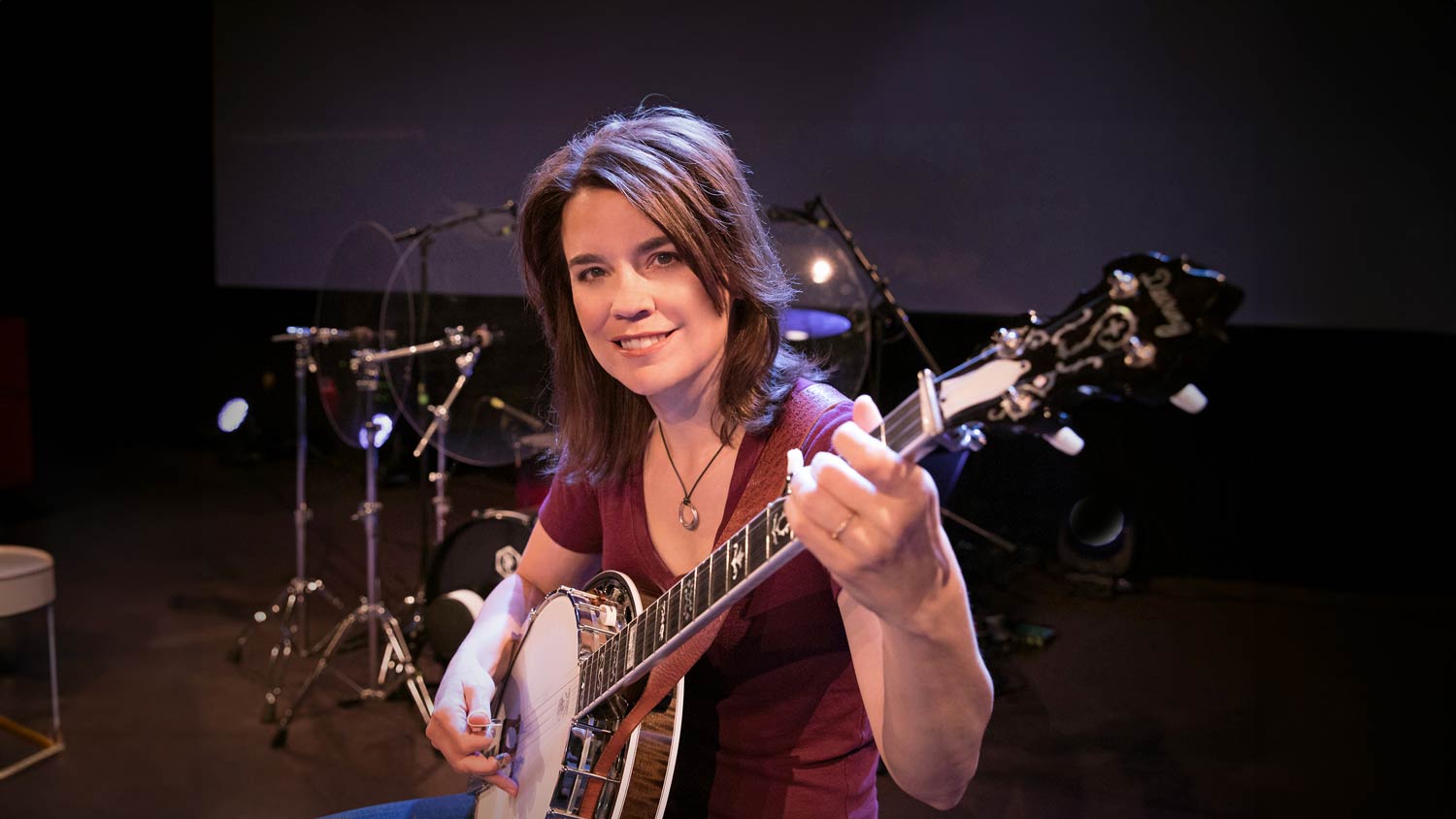

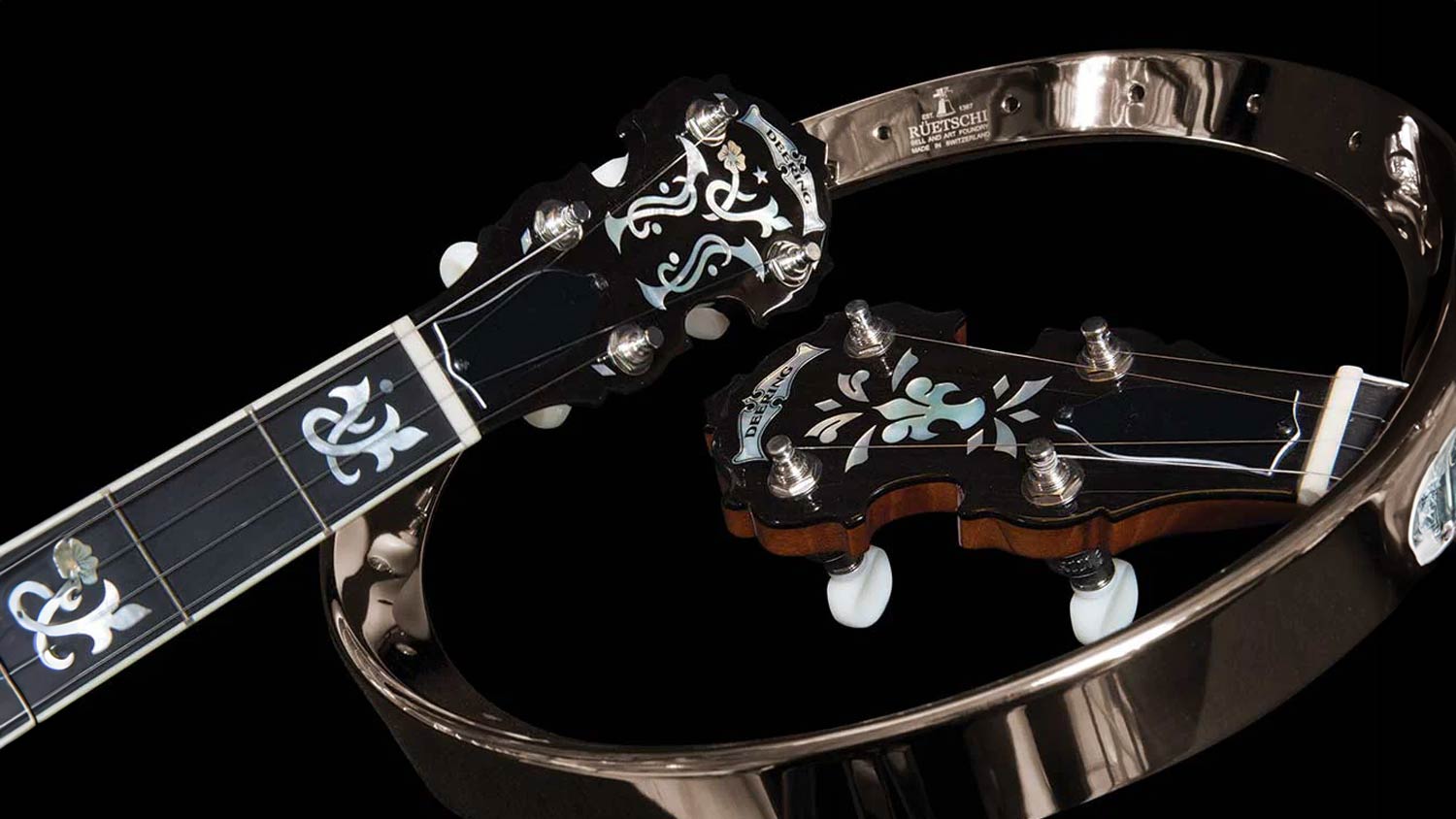

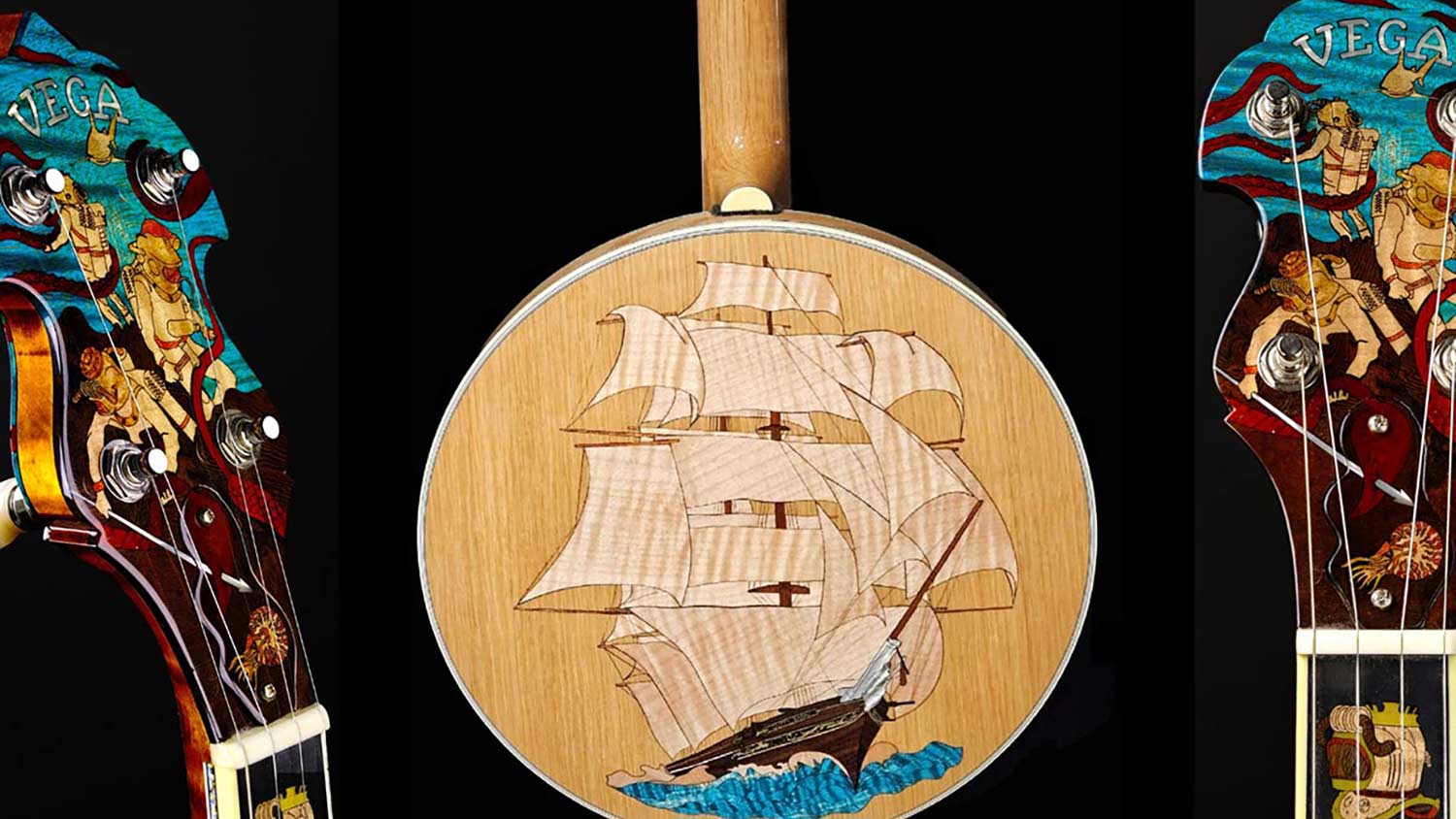





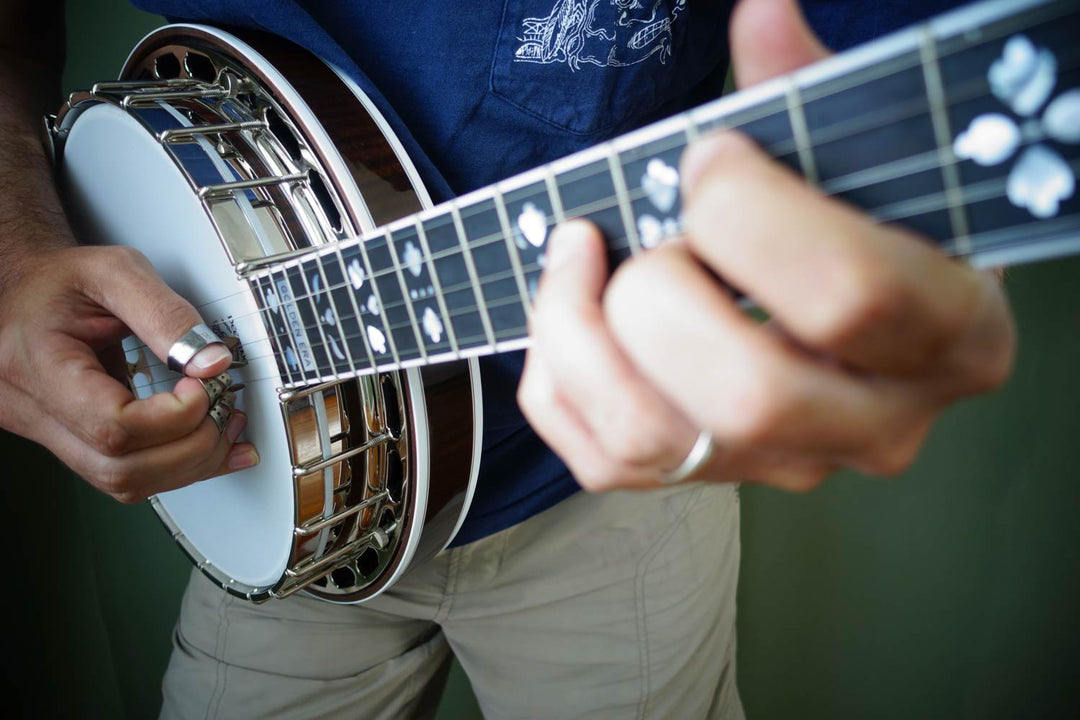
I have a vintage Del Oro banjo. It has no strings, nut. or bridge/saddle. I need it appraised. Can you do this or at least recommend someone?
I have a 2007 Sierra with gold plating. Wondering if this was a special order and how much value it adds.
I have a Deering Deluxe tenor banjo. The serial number is 05108088 the neck is 0265 the serial has no dash or letter. Could you give me some info, it’s confusing.
I have a Deering Sierra banjo. It almost needs a logging chain for a strap. It’s really heavy. Is there anyway to make it lighter?
I really love this banjo, but wish it was lighter.
Thanks,
Roy
I’am new to learning to play the banjo, but all the info you sent me was great to know. I’am sure it will be helpful to me in the future. Thanks for the info.
Leave a comment